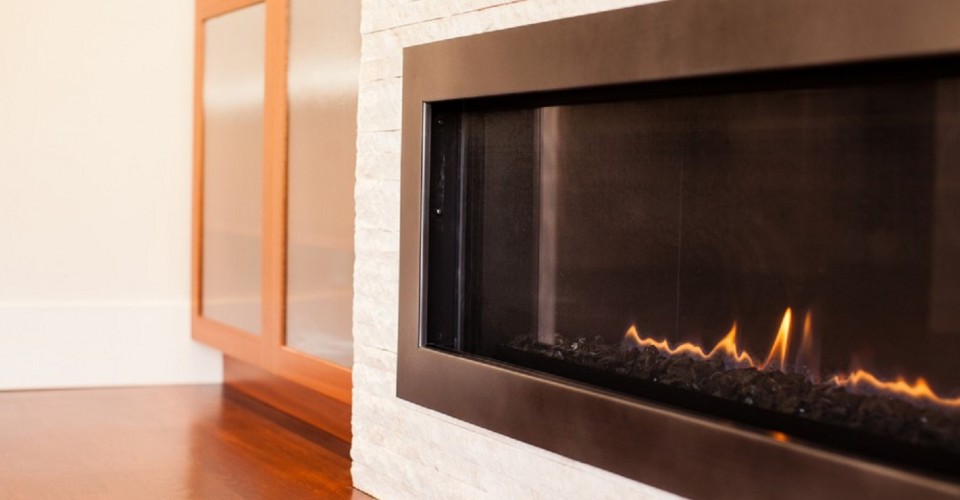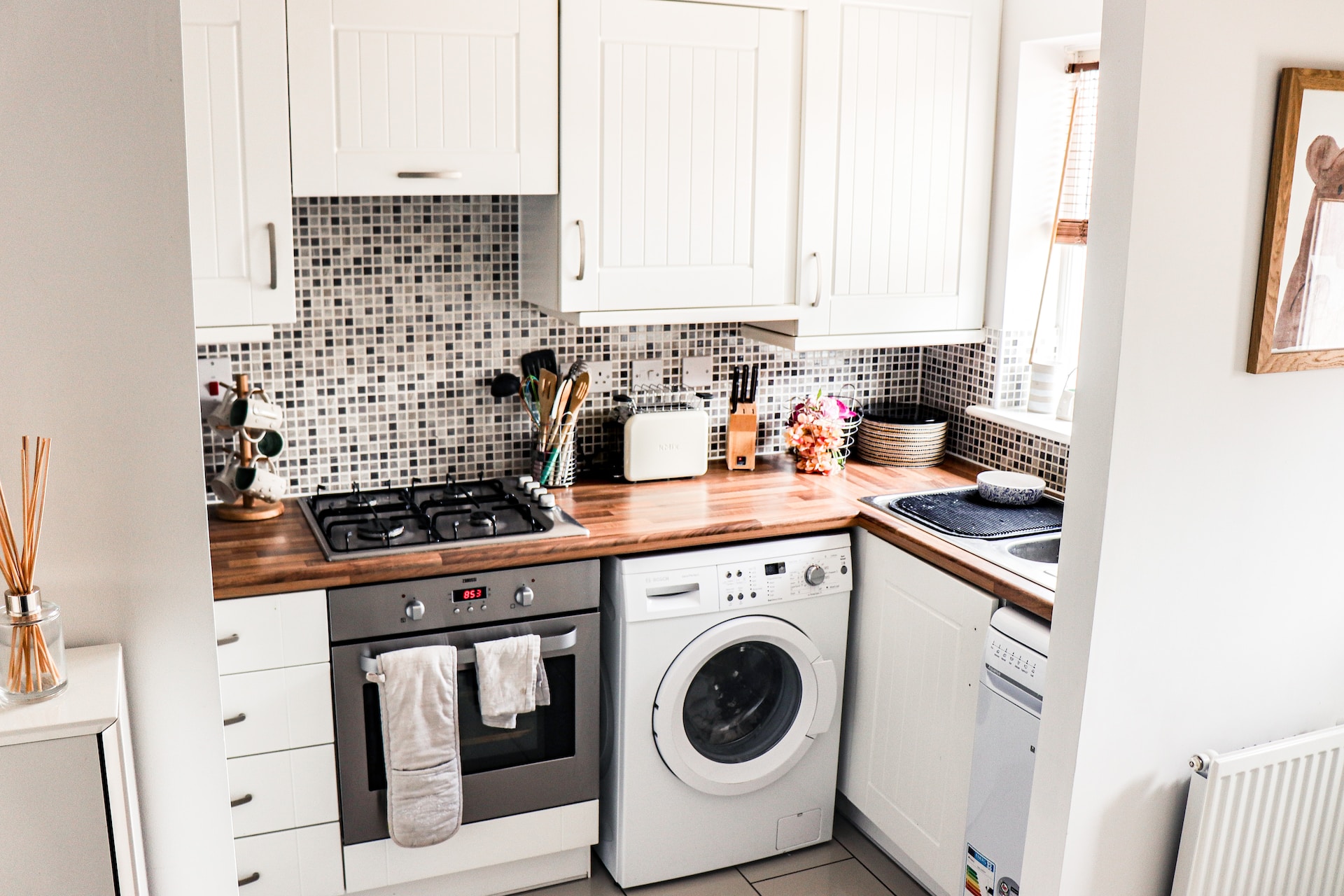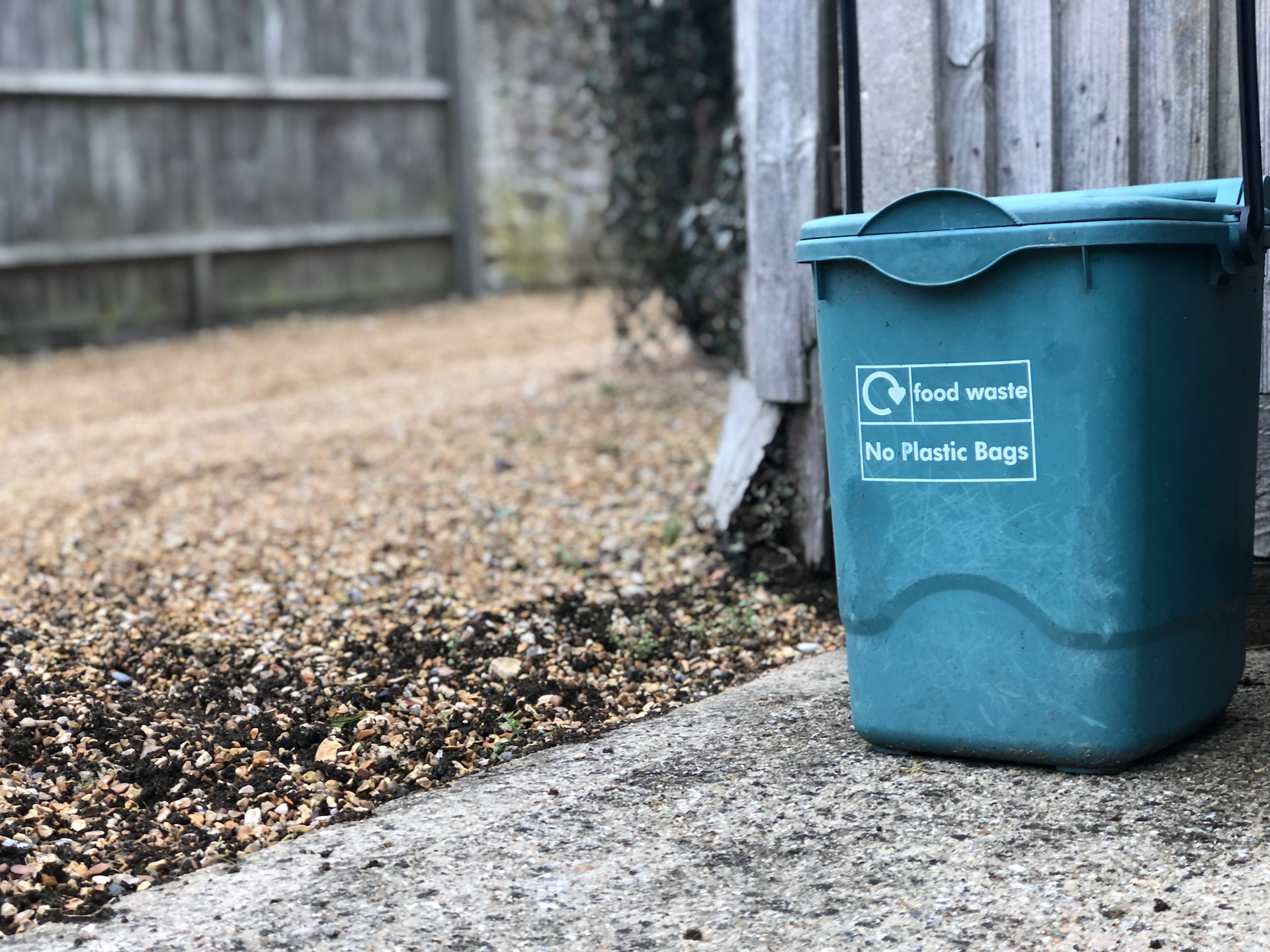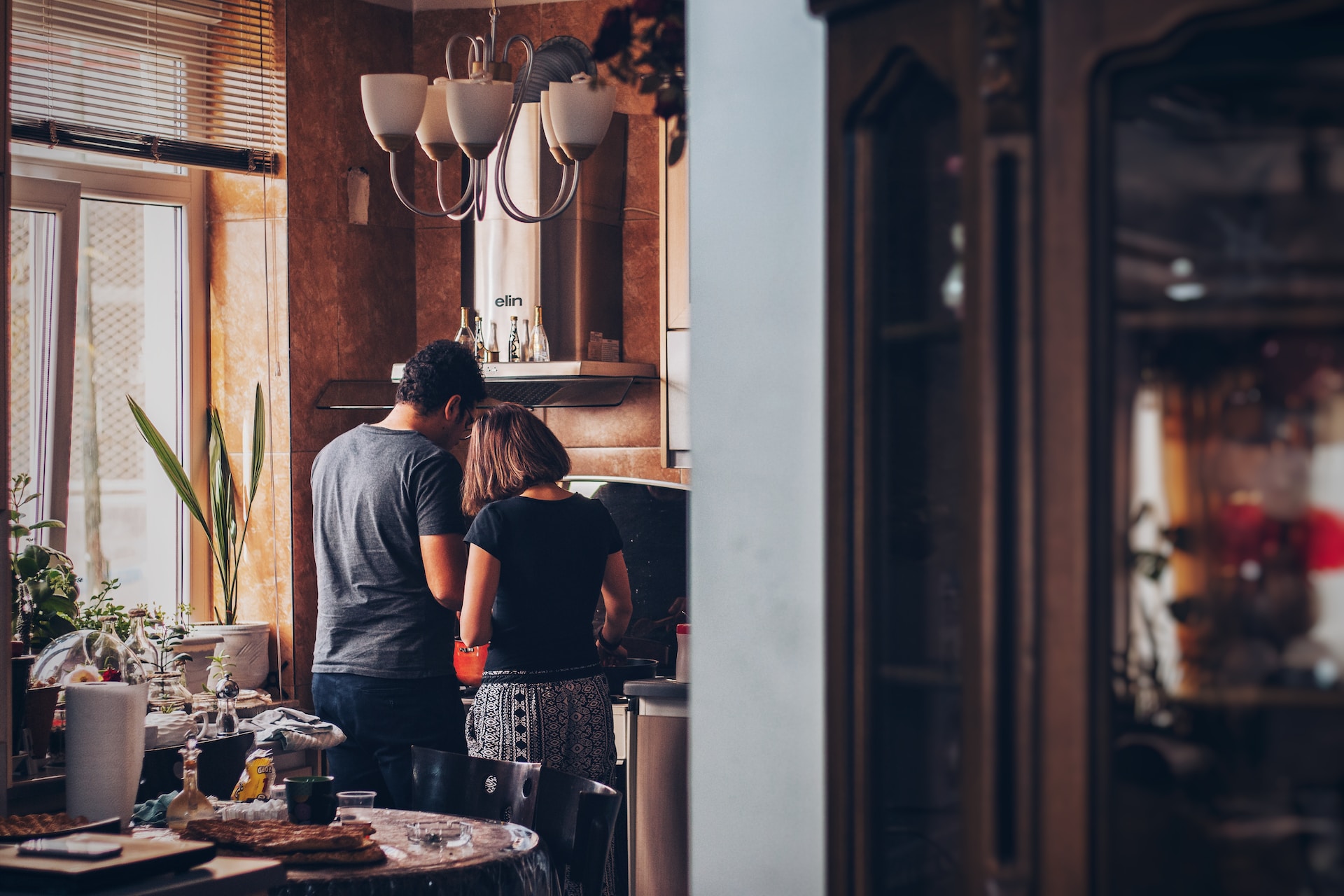Carbon monoxide (CO) is a toxic gas with a colorless, odorless, and tasteless exposure that can be leaked in your home without warning. Carbon monoxide is the result of an insufficient supply of oxygen to complete oxidation of carbon dioxide (CO2). Heaters, cooking appliances, or any carbon-based powered fuels in your household can produce this harmful gas. Many people are aware of what carbon monoxide is, but for the safety and health of your family and your home you should know the following: how to detect a carbon monoxide leak, what to do if you believe you’ve been poisoned, and how to prevent it from happening.
Buying and installing a carbon monoxide detector
Carbon monoxide is tasteless and odorless and can only be detected in your home by a working carbon monoxide detector. Similar to a smoke detector, this kind of device detects the presence of CO gas in the form of a sensor. Purchase a high-quality detector with a sensitive fuel-cell electrochemical device. Some alarms can’t detect low levels of CO, but once the sensor notices the existence of potential poisonous gas in the air, it will alert you of the dangerous toxic level giving you time to evacuate safely.
Unlike smoke from a fire, carbon monoxide is about the same weight as air so CO detectors are meant to be installed near the floor or the ceiling and should be checked as often as you check your smoke detector (monthly) to make sure they are properly functioning. Every floor of the home should have a detector, especially bedrooms and hallways outside of the bedrooms. It is not recommended to place a carbon monoxide detector too close to a gas-fueled appliance. Most carbon monoxide detectors range from $15 – $60, either battery or hardwired, and have a life span of about 5-7 years (check with your manufacture on replacement schedule). Or you can opt to take care of this home hazard with a multi-purpose smoke detector and carbon monoxide detector.
In order to be best prepared, know the following sources of where carbon monoxide can be produced. Here are some common sources of carbon monoxide you might find in your home:
- Furnaces, gas or oil
- Water heaters, gas or oil
- Gas space heaters
- Gas stoves and ranges
- Gas refrigerators
- Gas clothes dryer
- Fireplaces, both gas and wood burning
- Charcoal grills
- Gas grills
- Wood stoves
- Power generators, gas or oil
- Automobiles
- Gas powered lawn mowers or other lawn equipment
Why should you be concerned about carbon monoxide?
Improper care and maintenance of your indoor fuel-burning devices can lead to an increase of CO gas, so can improper ventilation. As carbon monoxide is odorless, most victims are unaware that they are breathing in toxic gas until it is too late. When CO is exposed into your home and further into your lungs, the results can be deadly. When breathed in, carbon monoxide begins to replace oxygen and rapidly fills the blood stream. Inhaling carbon monoxide over long periods of time can lead to a development of illnesses that may not appear right away. According to the Consumer Product Safety Commission around 170 people die every year from carbon monoxide products in homes. CO can be formed anytime using appliances or products that burn propane, natural gas, oil, coal, and more. Carbon monoxide can present health risks without you even knowing it is happening, so being aware of CO in your home will help you better be prepared for a possible leak or spread of the gas.
Most reported incidents of carbon monoxide poisoning occur in the winter months, as homeowners tend to shut doors and windows and may improperly use gas-fueled heating devices inside the home.
What are the symptoms of CO poisoning?
Unfortunately, it is very likely that you would not know you were being poisoned by carbon monoxide. Since CO is colorless, odorless, and tasteless, there can be long term effects that you don’t know are hurting your body over time. There are some symptoms that can hint at the possibility of being poisoned, but it may also be confused with flu-like symptoms.
Low level of carbon monoxide poisoning
- Headache
- Tiredness
- Nausea
- Dizziness
- Shortness of breath
High level of carbon monoxide poisoning
- Exhaustion
- Lack of vision
- Defective motor functions
- Chest pain
- Convulsions
- Death
Carbon monoxide home prevention
In order to protect yourself from the toxic carbon monoxide gas and maintain a healthy home environment, there are a few things you can do.
Maintenance
Make sure your appliances are running properly with an annual service and maintenance plan. A qualified and professional heating contractor should be hired to check for any problems surrounding your appliances and ventilation areas, as well as thermostat and automatic safety controls of devices. Signs of potential CO problems can be seen from various evidence, such as the following:
- Excess soot and lack of draft in your chimney
- Rusting of pipes or vents
- Collected moisture on walls, windows, or other surfaces
- Loose masonry on chimney
- Red or orange flames from appliances (flames should be blue)
Ventilation
To make sure that carbon monoxide is properly ventilated throughout your home and doesn’t result in a build-up, there are a few ways to care for ventilation areas to prevent high levels of CO:
- Only use stoves or fireplaces that have vents
- Annually clean your chimney
- Don’t attempt to DIY vent patches
- Never burn charcoal indoors (barbecue) or use a gas grill indoors
- Clean and inspect exhaust vents of your dryer, stove, and furnace
- When using a gas fueled appliance like a generator or lawn mower, start it out in the open air
- Never start your car engine with the garage door closed
Many homes are susceptible to carbon monoxide gas exposure due to the lack of proper maintenance and inspections. Some states require that homes have CO detectors installed within 10 feet of every room legally used for sleeping. Staying informed and aware of home health and hazards will help ensure you, your family, and your home are safe and protected.
References:
Consumer Product Safety Commission http://www.cpsc.gov/en/Safety-Education/Safety-Education-Centers/Carbon-Monoxide-Information-Center/Carbon-Monoxide-Questions-and-Answers-/
Minnesota Department of Health http://www.health.state.mn.us/divs/eh/indoorair/co/
Top Image Credit: Rossington Architecture
Editor’s Note: This article was updated October 2015.




